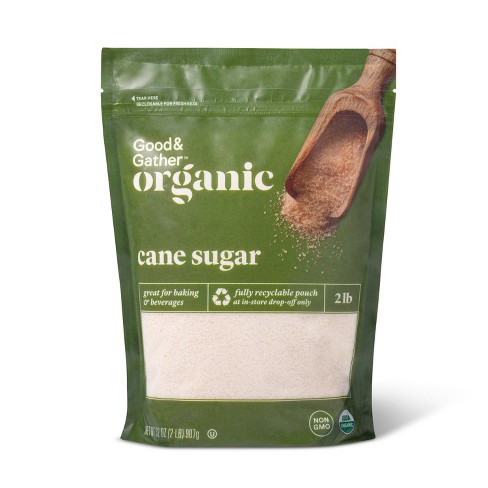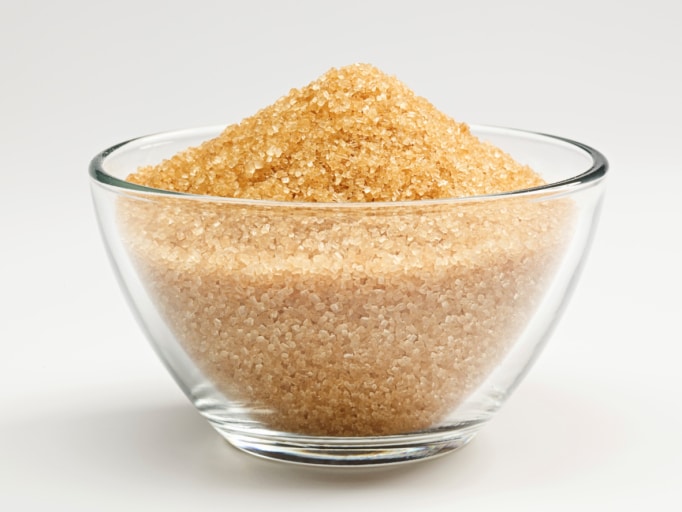Cane Sugar Processing Explained: What Takes Place Inside a Sugar Mill
Cane Sugar Processing Explained: What Takes Place Inside a Sugar Mill
Blog Article
Comprehending the Crucial Strategies and Technologies Employed in Modern Walking Cane Sugar Processing
The evolution of walking stick sugar handling has been significantly shaped by the assimilation of sophisticated strategies and innovations that resolve both efficiency and sustainability. Enzyme-assisted extraction and sophisticated refining techniques have actually transformed return optimization, while automation facilitates operational integrity. In addition, the emphasis on lasting techniques mirrors a growing awareness of ecological influence. As we discover these vital advancements, it becomes vital to take a look at just how they not just improve production yet likewise align with wider sector patterns and customer needs, questioning regarding the future of sugar handling and its ramifications for worldwide markets.
Historic Context of Cane Sugar Handling
The historic context of cane sugar processing reveals a rich tapestry of farming innovation and cultural exchange that has formed its advancement over centuries. Coming From Southeast Asia, sugarcane was cultivated as early as 8000 BCE - Cane Sugar Processing. The process of extracting and improving sugar gained energy in India, where approaches for crystallization were developed around the sixth century. This knowledge passed through to the Middle East, and by the 12th century, sugar ended up being a valued commodity in Europe, bring about the facility of sugar haciendas in the Mediterranean.

Advanced Extraction Strategies
Effectiveness in walking stick sugar removal has actually seen significant developments, driven by the requirement for greater returns and reduced manufacturing prices. This technique not only enhances sugar yield but likewise lowers the power needed for handling.
In addition, the fostering of membrane layer filtration technologies, such as nanofiltration and reverse osmosis, has revolutionized the separation of sugar from impurities. These methods allow for the careful permeation of sugar molecules while maintaining larger pollutants, improving the extraction process and minimizing waste.
Moreover, the integration of continuous removal systems has actually brought about boosted functional effectiveness. Cane Sugar Processing. These systems preserve a continuous flow of cane product, making certain optimal removal conditions and minimizing downtime associated with batch handling
Cutting-edge Refining Technologies
Refining methods in walking stick sugar processing have undergone a transformative shift, driven by the need for higher pureness and improved product high quality. One of one of the most noteworthy advancements is the fostering of membrane layer purification innovations, such as ultrafiltration and nanofiltration. These procedures successfully get rid of impurities and colorants without the demand for substantial chemical therapies, thus preserving the sugar's all-natural taste and improving its allure.
Another substantial innovation is making use of ion exchange materials, which permit discerning removal of unwanted ions from sugar remedies. This modern technology not just raises the general pureness of the last item however additionally adds to decreased waste and ecological influence.
Additionally, improvements in adsorption strategies, making use of turned on carbon and other advanced products, have verified effective in decolorizing sugar remedies while keeping optimal top quality. The combination of these innovative refining technologies guarantees that producers can produce polished sugar with superior clarity and taste, fulfilling the progressing preferences of consumers.
Automation and Control Systems
Current improvements in refining innovations have actually paved the method for substantial renovations in automation and control systems within walking cane sugar handling centers. These systems make use of innovative software and equipment to boost functional performance, lower human mistake, and make sure regular item high quality.
Modern automation integrates different components, including click here for info sensing units, actuators, and programmable logic controllers (PLCs), making it possible for real-time tracking and control of essential procedures. As an example, circulation, pressure, and temperature prices can be exactly controlled during removal, information, and condensation stages, maximizing efficiency and lessening waste.
Additionally, advanced information analytics and maker knowing algorithms play a crucial function in predictive upkeep, allowing drivers to anticipate tools failings before they happen. This proactive strategy not only lowers downtime yet additionally prolongs the life-span of machinery.
On top of that, automation assists in the implementation of Sector 4.0 principles, encouraging sugar mills to attain higher connection and data exchange throughout processes. Therefore, decision-making ends up being more educated and agile, inevitably enhancing the general competitiveness of walking stick sugar production. With these improvements, the industry is well-positioned to fulfill growing worldwide needs while preserving functional excellence.
Sustainability Practices in Sugar Production
Sustainability methods in sugar manufacturing have ended up being increasingly necessary as the industry seeks to stabilize financial feasibility with environmental responsibility. As consumer awareness expands relating to the environmental influences of agricultural methods, sugar manufacturers are taking on innovative techniques to minimize their eco-friendly impact.
One significant method is the application of accuracy farming strategies, which utilize data analytics to optimize resource usage, such as water and plant foods. This lowers waste and minimizes the effect on regional ecological communities. Furthermore, numerous producers are transitioning to renewable resource resources, such as biomass from sugarcane by-products, to power their procedures, consequently lowering reliance on nonrenewable fuel sources.
Water monitoring techniques are additionally important; rainwater harvesting and effective irrigation systems help reduce water deficiency concerns. Cane Sugar Processing. In addition, incorporated bug administration methods minimize chemical usage, promoting biodiversity and soil health
Company social duty campaigns are emerging, with companies investing in neighborhood areas and guaranteeing fair labor techniques. By welcoming these sustainability methods, the sugar market not only boosts its online reputation however additionally adds to a more sustainable farming landscape, paving the way for future generations.

Verdict
In summary, modern walking cane sugar handling includes an array of sophisticated techniques and innovations that substantially enhance yield, sustainability, and performance. Jointly, these improvements position the walking cane sugar market to meet modern demands while blog here resolving important global obstacles.
The development of cane sugar handling has actually been substantially shaped by the assimilation of advanced methods and technologies that resolve both efficiency and sustainability.The historic context of cane sugar processing reveals a rich tapestry of farming development and social exchange that has formed its development over centuries. Advancements in milling and refining arised, laying the groundwork for modern walking cane sugar processing.Refining methods in walking cane sugar processing have undertaken a transformative shift, driven by More Bonuses the demand for greater purity and boosted product quality.In recap, modern-day cane sugar processing includes an array of innovative techniques and technologies that significantly boost sustainability, performance, and yield.
Report this page